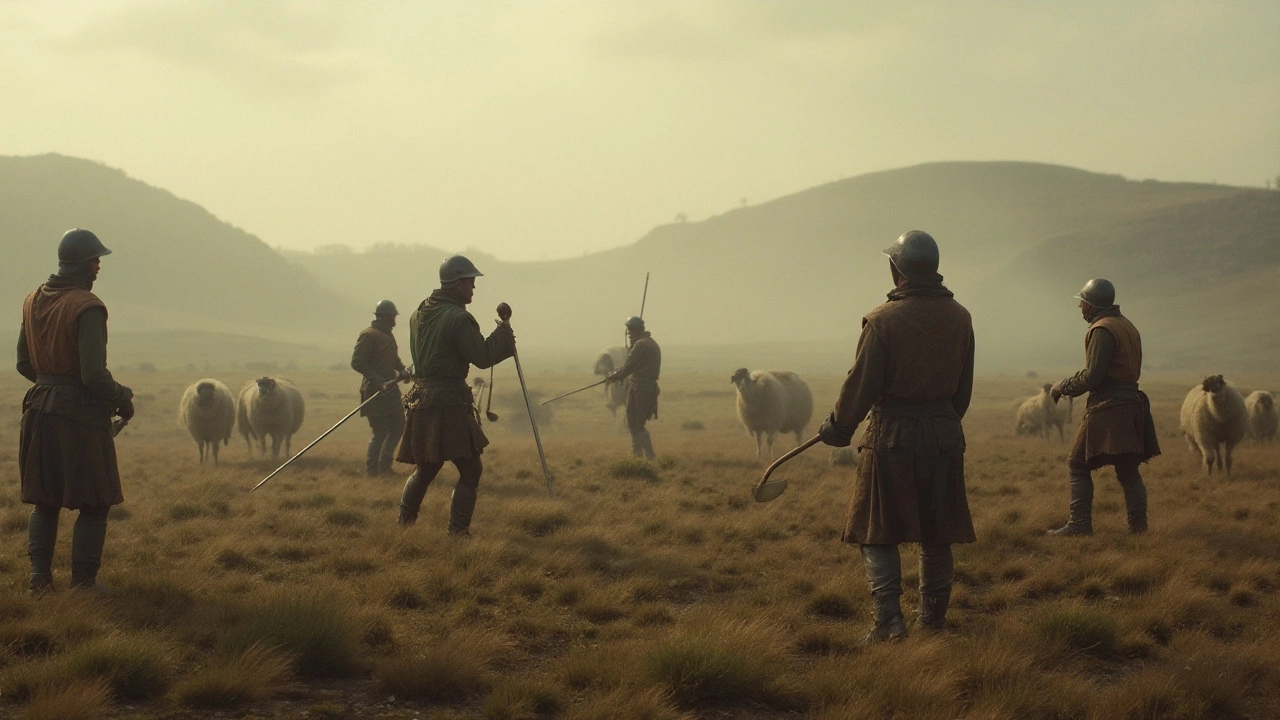
Ancient Golf: The Weird Beginnings of the Game We Love
When you think of golf, you probably picture pristine greens, a quiet countryside, and a guy in a polo shirt. But the sport didn’t start that way. Hundreds of years ago people were already hitting balls with sticks, and the rules were a lot messier. Knowing where ancient golf came from helps you see why some quirks exist in today’s game.
How Ancient Golf Started
Most historians point to Scotland in the 15th century as the birthplace of modern golf, but the story goes deeper. In the Dutch province of Friesland, players used a stick called a “kolf” to strike a leather ball toward a target. The Dutch “kolf” game dates back to the 1300s and even appears in old paintings. Around the same time, monks in the British Isles played a rough version on monastery fields, using simple clubs and a handful of stones as balls.
These early matches weren’t about low scores; they were about bragging rights. Players would mark their shots on a rough patch of ground, and the person who hit the farthest won a drink or a small purse. There were no standard holes, no tee boxes, and certainly no dress code. The only rule was “hit it as far as you can” – a far cry from today’s precision‑focused play.
By the late 1400s, the Scottish king James II banned “playing at golf” because he feared it distracted men from archery practice. That ban actually helped the game spread. Nobles who loved the challenge began playing on coastal dunes, and the first written records of “golf” appear in a 1457 Scottish parliament act. Those dunes became the first makeshift courses, with natural sand pits serving as “holes.”
What Ancient Golf Looks Like Today
Fast‑forward to now, and you can still spot ancient golf influences on modern courses. The first nine‑hole courses, like the famous one at St Andrews, were born from those early dune layouts. The tradition of playing in the weather, even when it’s windy or rainy, comes straight from the days when players didn’t mind a drizzle.
Even the equipment has echoes of the past. Early clubs were carved from a single piece of wood, much like the “hickory” shafts used in the 1800s. Today’s drivers still aim for distance, a nod to the original “hit it far” rule. And the term “fore!”—shouted to warn on‑lookers—originated when players used wooden balls that could travel unpredictably.
If you want to get a taste of ancient golf, try a “golf‑kolf” day. Some heritage clubs in Scotland and the Netherlands let you play with wooden clubs and leather balls on historic grounds. It’s a funny mix of old‑school fun and modern curiosity. You’ll feel the same wind on your face, the same tension in your swing, and maybe even appreciate why the game still feels fresh after centuries.
So next time you line up a putt, remember that you’re part of a story that started on sandy dunes, monastery lawns, and rough fields. Ancient golf may look simple, but it laid the groundwork for the sophisticated sport we watch on TV today. Knowing that history makes every round a little richer, and maybe gives you a reason to enjoy the quirks that have survived for hundreds of years.
